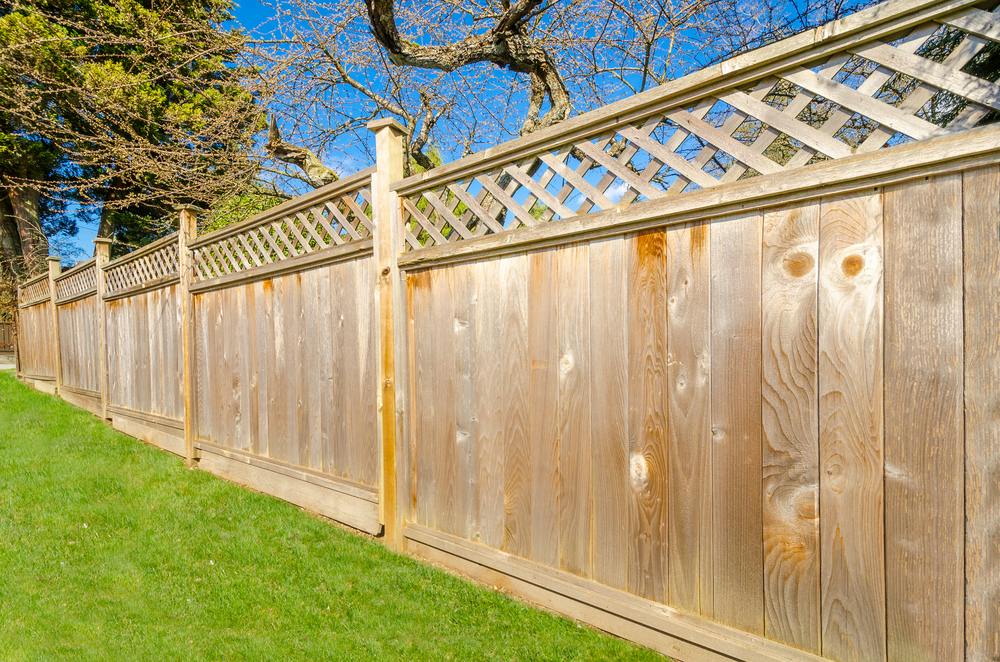Don’t always look to the left
If you were to ask anyone which side of their fence they are responsible for – they would more than likely say it is the left hand side, however, there is no legal or contractual rule that proves this to be correct – the ownership of one side of the fence will vary.
The “good” side vs the “bad” side – how to tell the difference
When discussing fencing, you will often hear the phrases “the good side” and “the bad side” – and these sides can be easily identified.
The side of the fence that where the frame and rails are visible is seen as the “bad” side, and if the fence panel is pre-treated, this would’ve been done on the “good” side only.
How to tell which side is yours
There are two ways that will either confirm or provide a reasonable indication of which side of the fence is yours, each requiring varying levels of effort and verification.
Visual Inspection
Although this method is the least reliable way to confirm which side of the fence belongs to you, it can give you a pretty good idea just by looking at each side.
When properties are built, the installers should put up fences in such a way that each property that shares fences with another receives one “good” side and one “bad” side – meaning that fence with the “good” side facing in to your property belongs to you or the property owner. However, as previously mentioned – this is not guaranteed in every case.
Title Deeds
The only official way to determine which side of the fence you are responsible for is to retrieve the title deeds for the property.
These should have been included in the paperwork you would’ve received upon purchasing the property, and in the case of rented properties, your landlord should have a copy of the title deeds. If you have misplaced the documents, you can contact the person responsible for your conveyancing.
Once you’re in possession of the title deeds, you’ll be able to see the plans of the boundaries, if the boundary is marked with a T, this is the boundary that belongs to you or the property owner. However, if the boundary is marked with a H, this indicates that the boundary is shared, otherwise known as a party fence.
If the boundary is owned by both parties, one can choose to buy out the other for full ownership of the boundary, but this will involve a legal process to make the sale official.
In either case, you can discuss any maintenance or any upgrades that could effect your neighbours side of the fence, such as painting or treating for example, to ensure that everyone involved agrees and is kept informed.

Disputes involves boundaries can be fairly common, so making sure you are aware of the rules and regulations surrounding which elements of the boundaries you are responsible for should make the process of dealing with any issues much easier. Whether you’re looking to perform maintenance or replace faulty parts, upgrade any fixtures, or give your fence a complete makeover, we have a wide selection of Fence Hardware for you to choose from, to ensure that your fence always looks and performs at its best.